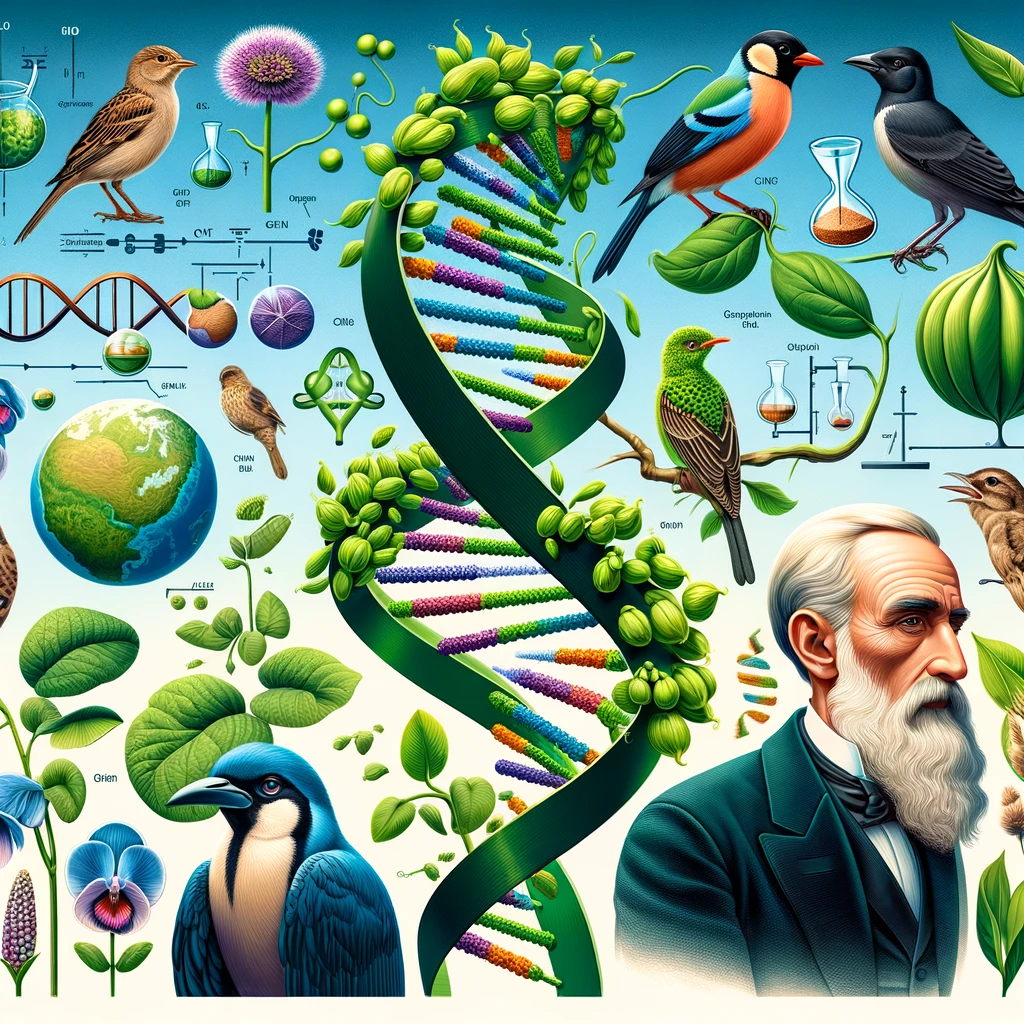
Exploring the Mysteries of Heredity and Evolution: A Comprehensive Guide for Class 10 Science

Introduction
Heredity and evolution are fundamental concepts in biology that explain how traits are passed from one generation to the next and how species evolve over time. This chapter delves into the mechanisms of genetic inheritance and the evolutionary processes that shape the diversity of life.
Section 1: The Basics of Heredity
Heredity is the transmission of genetic information from parents to offspring, determining the traits that are inherited by the next generation.
Gregor Mendel’s Experiments
- Mendel’s Laws: Overview of Mendel’s experiments with pea plants, leading to the laws of segregation and independent assortment.
- Genotype and Phenotype: Explanation of how genetic makeup (genotype) influences observable traits (phenotype).
Inheritance Patterns
- Dominant and Recessive Traits: How dominant and recessive alleles affect the expression of traits.
- Co-dominance and Incomplete Dominance: Non-Mendelian inheritance patterns where traits blend or both alleles are expressed.
Section 2: Genetic Variability and Mutation
Genetic variations are crucial for the survival and evolution of species, arising from mutations, genetic recombination during sexual reproduction, and gene flow.
Sources of Genetic Variation
- Mutations: Changes in the DNA sequence that can lead to new traits.
- Sexual Reproduction: Combines genetic material from two parents, increasing diversity.
Section 3: Understanding Evolution
Evolution is the process by which populations of organisms change over generations, influenced by natural selection, genetic drift, and gene flow.
Charles Darwin’s Theory of Natural Selection
- Survival of the Fittest: How individuals with advantageous traits are more likely to survive, reproduce, and pass those traits to the next generation.
- Adaptation: The process by which species become better suited to their environment.
Evidence of Evolution
- Fossil Records: Provide insights into the history of life and the gradual changes in species over time.
- Comparative Anatomy: Homologous structures indicate common ancestry, while analogous structures show adaptive evolution.
Section 4: Speciation and Biodiversity
Speciation is the formation of new and distinct species in the course of evolution, contributing to the biodiversity observed in the natural world.
Mechanisms of Speciation
- Geographic Isolation: Physical barriers lead to reproductive isolation and genetic divergence.
- Reproductive Isolation: Genetic differences prevent interbreeding between populations, leading to new species.
Conclusion
The study of heredity and evolution provides a framework for understanding the complexity of life, the interconnectedness of all living organisms, and the dynamic nature of species over time.
Call to Action
Dive deeper into the concepts of genetics and evolution through observation, experimentation, and research. Explore the rich diversity of life around you and consider the evolutionary processes that have shaped the natural world.